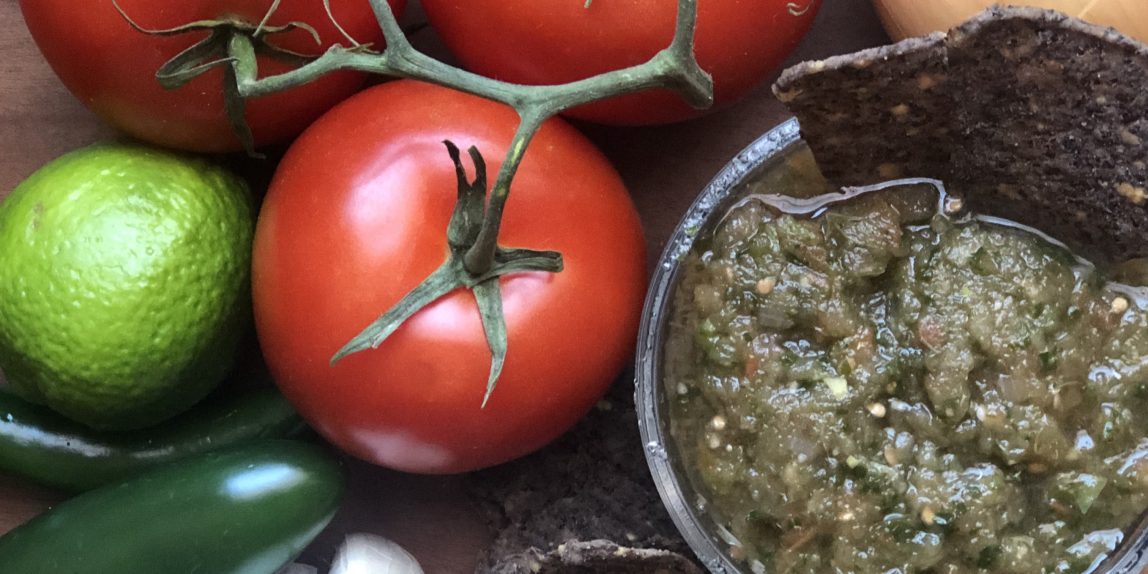Vegetables have been grown successfully in hot, dry climates for many years.
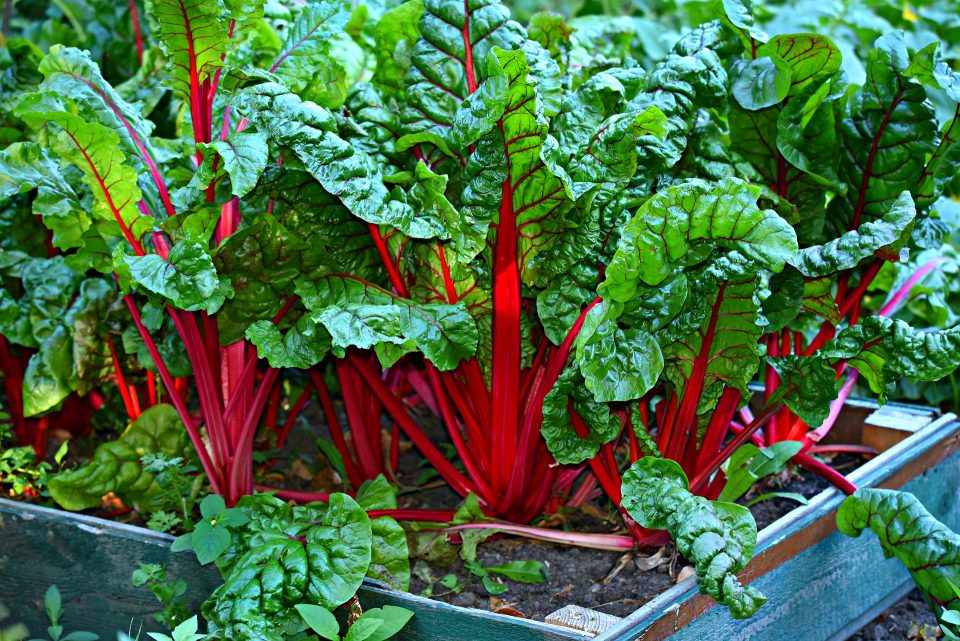
In Southern Nevada, Southern Utah, and Northern Arizona, many tasty crops can be produced with a little preparation and planning. Soil preparation is very important in producing bountiful crops. Consistent fertilizing and watering practices are also needed.
Here are a few handy tips for the home gardener: Don’t try to garden in caliche! If you have an impermeable layer near the surface, build raised beds and fill them with a mixture of native soil and bagged organic material like Paydirt™ Planting Mix or Dr. Q’s Vegetable & Herb Mix. When locating your vegetable bed,
choose a spot with good air circulation. Avoid excessively windy areas or reflective heat sources like south or west facing walls. Use the right fertilizers for what you’re trying to grow. Leaf crops need
lots of nitrogen; fruit crops like peppers and tomatoes need less nitrogen and more phosphorus and potassium. Dr. Q’s Vegetable and Tomato Food is excellent, as well as our Earthworm Castings. A
Star Nursery sales associate can help you pick the right fertilizer. When amending vegetable beds,
a mix of no more than one half organic material to one half native soil will suffice. To keep the soil fresh and viable, add some new organic material each time you replant your beds. Add Dr. Q’s®
Gold Dust Starter Fertilizer, according to package directions, a day or so before planting. Surface mulches help prevent weeds, conserve water and cool plant roots. Shredded Cedar Bark repels insects! Use them generously. Most pests can be controlled by hand and sprays of water from the hose. The biggest pests in warm weather vegetable gardens, along with aphids, are caterpillars, cabbage loopers, and hornworms. These can be safely controlled with Bio-Worm Killer® or an equivalent bacillus thuringiensis (BT) product. Be conservative in applying chemicals. Use the right
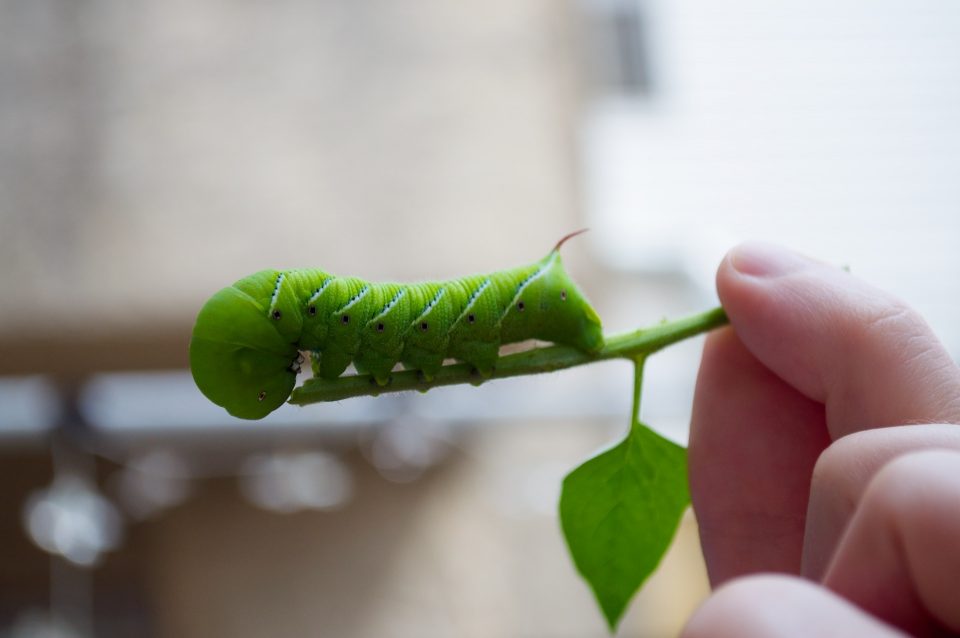
ones, and ALWAYS FOLLOW LABEL DIRECTIONS. The last frost is usually early to mid-March. Due to the erratic nature of desert weather, these dates can vary considerably. Be flexible and be prepared to protect your young vegetable plants if necessary. Use hot caps, to protect young
vegetable starts. Or try creating mini “hot houses” from garden stakes and heavy cloth, like burlap or Nsulate protection fabric. If you choose to use plastic make sure it doesn’t touch the foliage, it will damage your plants.
Dr. Q’s Top 10 Tomatoes
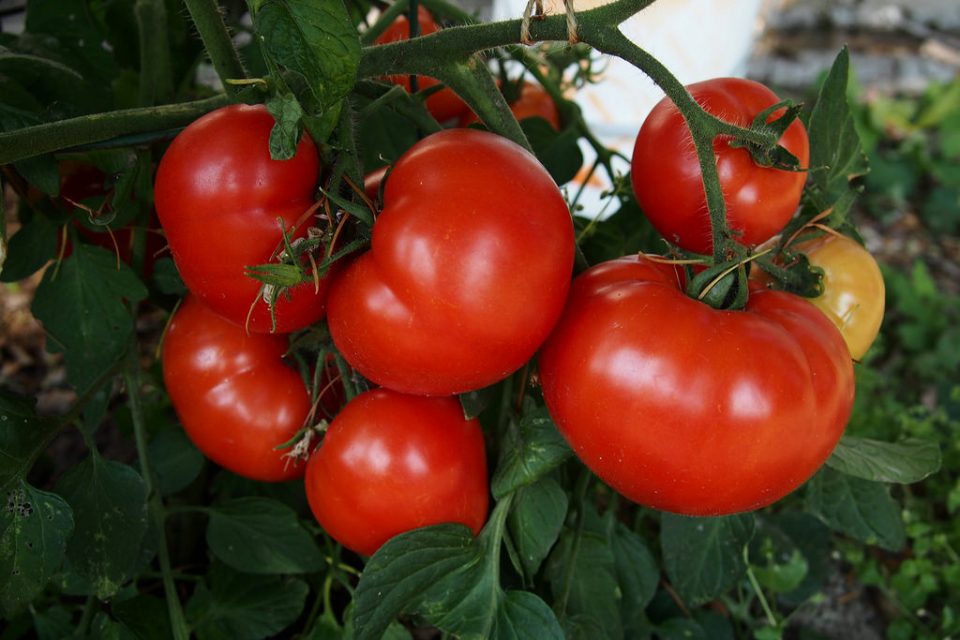
Early Girl- Medium-sized, Flavorful red fruit. Fantastic for slicing or salads. Plant in rich well
drained soil and give it regular water & fertilizer. *54 days to harvest.
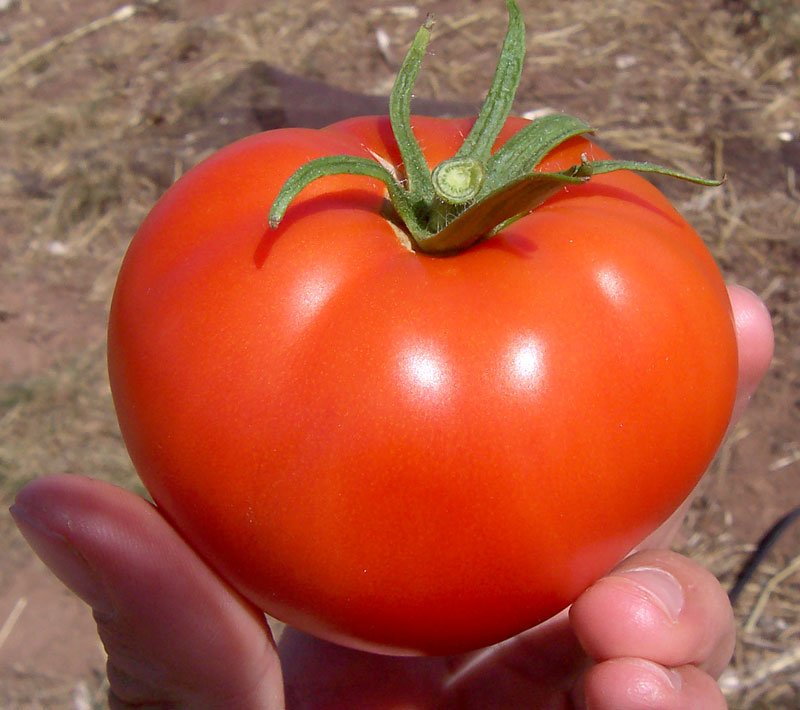
Better Boy-Large, red fruit. Great slicing tomato. Plant in morning sun, rich well drained soil and give it regular water. *75 days to harvest.
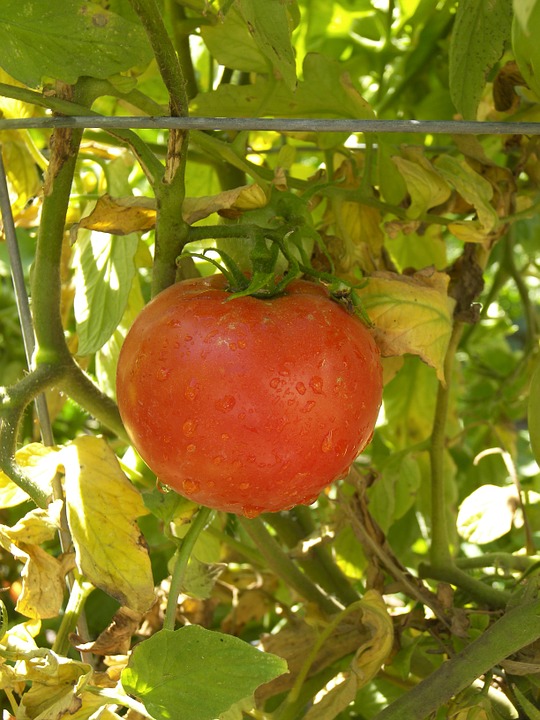
Celebrity– Medium sized, red fruit. Great for slicing or salads. Plant in rich well drained soil and give it regular water. *70 days to harvest.
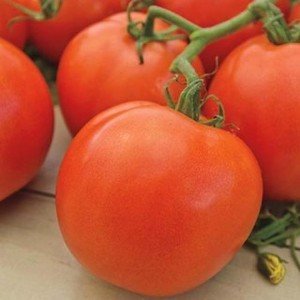
Heatwave– Disease resistant variety, great tasting medium sized fruit; excellent in the heat. Plant in morning sun, rich well drained soil and give it regular water. *68 days to harvest.
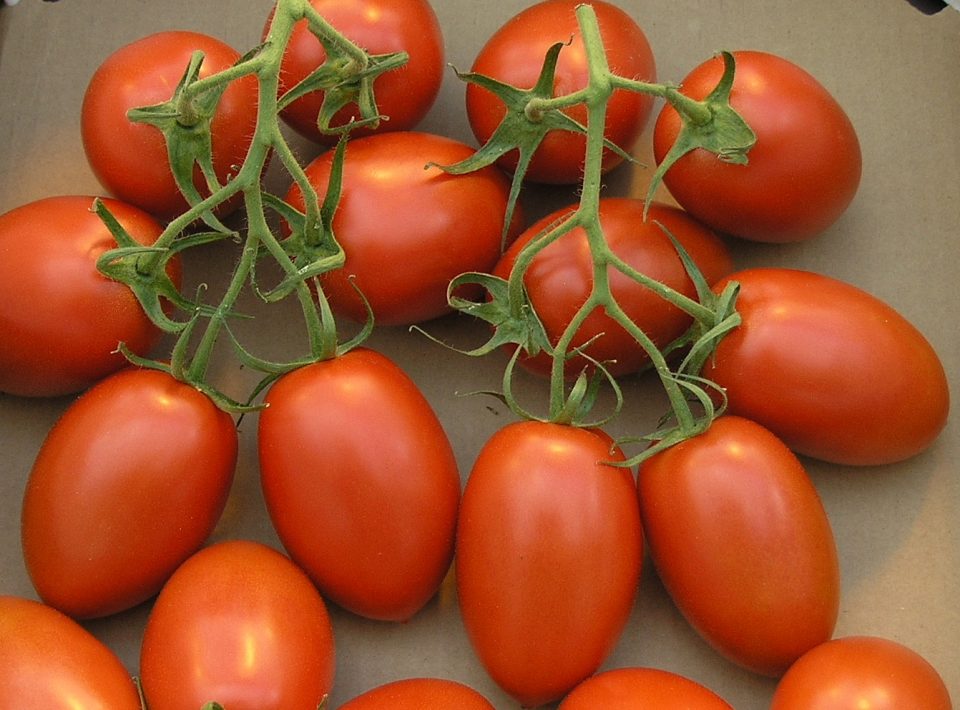
Roma– Disease resistant variety, egg- or pear-shaped red orange fruit with few seeds; excellent sauce tomato. Plant in morning sun, rich well drained soil and give it regular water & fertilizer. *75 days to harvest.
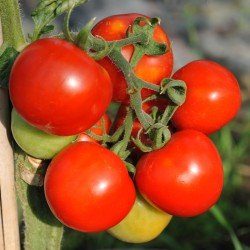
Amy’s Sugar Gem– Heirloom/Cherry hybrid, this indeterminate variety has loads of super sweet, golf ball sized fruit. Plant in full to part sun, rich well drained soil and regular water. *70 days to harvest.
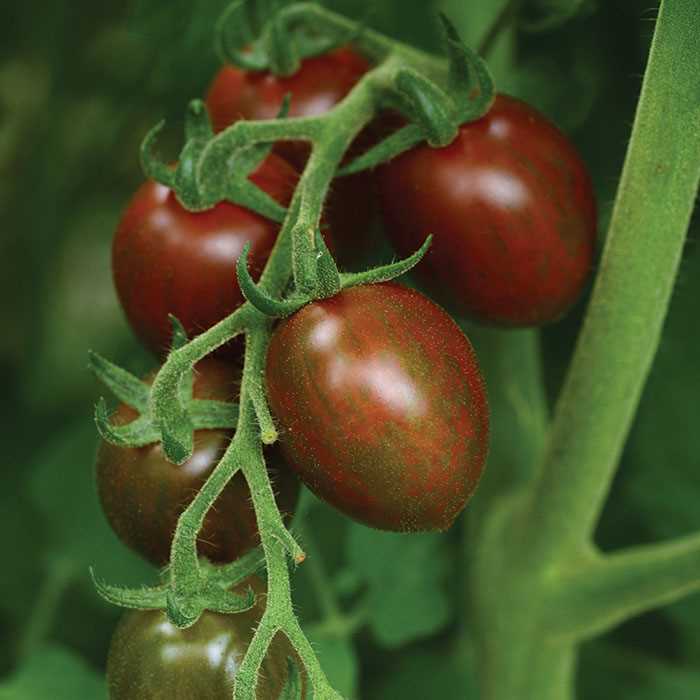
Chocolate Sprinkles– Elongated copper-red, green striped, golf ball sized fruit. Have a rich sweet flavor and grow in trusses of 5-7. Very productive, crack resistant fruit. Plant in morning sun, rich well drained soil and give it regular water. *70 days to harvest.
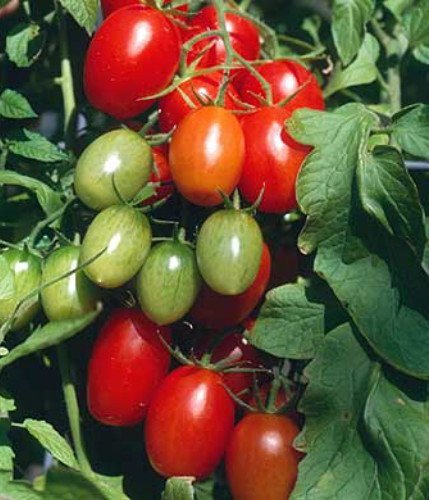
Juliet– Bright red, grape sized fruit appear off and on all season. Plant in full to part sun, rich well drained soil and give it regular fertilizer. *70 days to harvest.
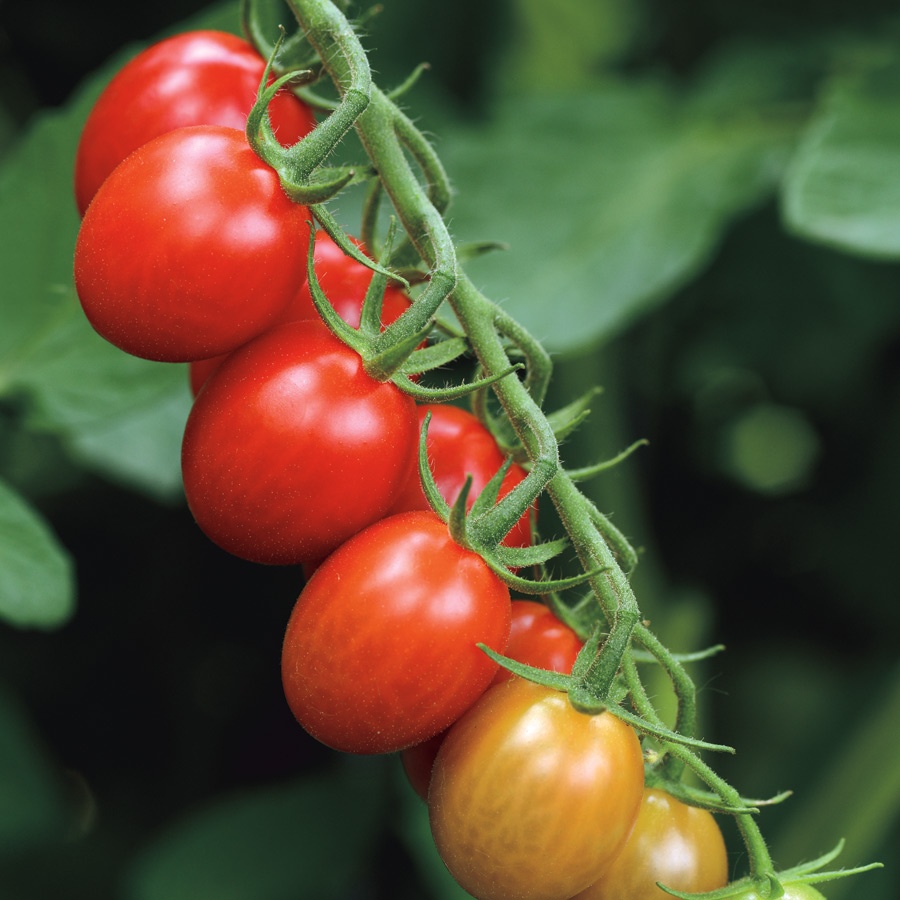
Sugar Rush– One of the sweetest cherry varieties. Grows up to 6’ tall and produces long trusses of firm, crunchy, grape shaped fruits. Early maturing and very productive. Plant in full sun and rich well drained soil. *55 days to harvest.
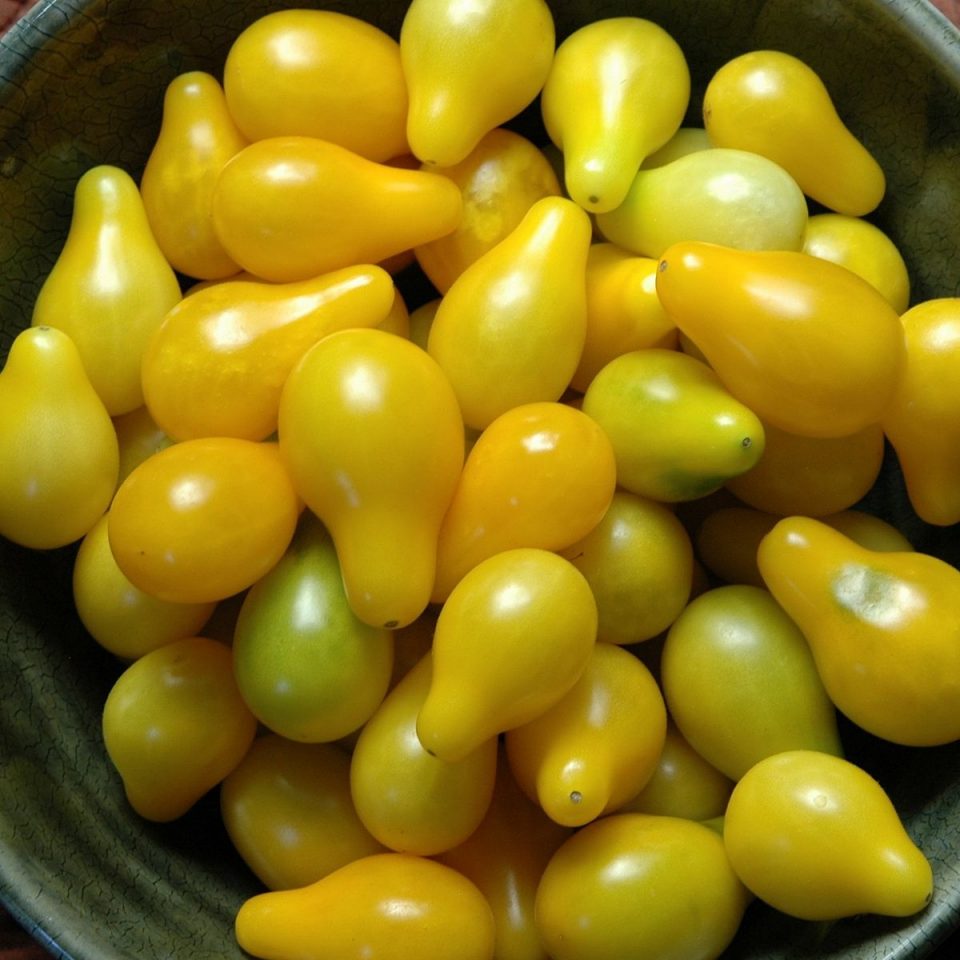
Yellow Pear– Heavy bearer of small pear-shaped fruit. Low-acid, ideal for salads, canning or relish. Plant in rich well drained soil. *75 days to harvest.
Fresh Garden Salsa
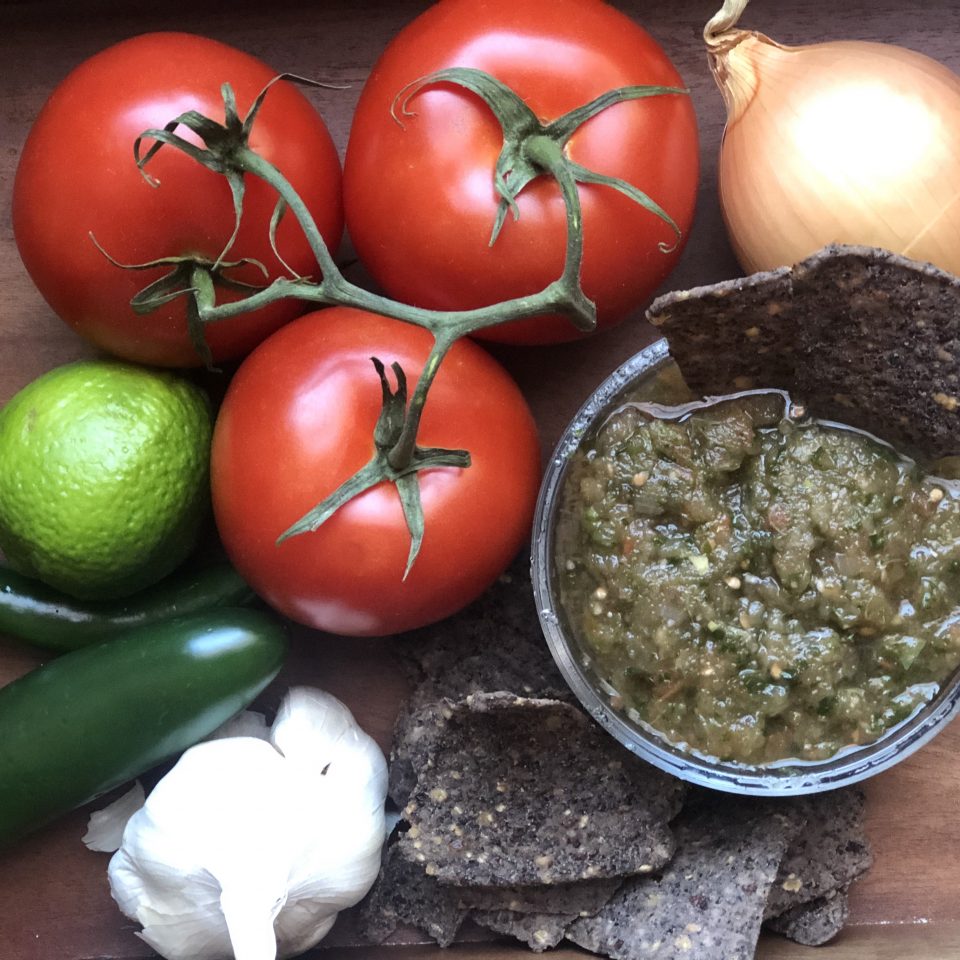
Recipe from the MacRae kitchen
Ingredients:
• 6 Fresh Tomatoes
• 1 Cup Cilantro
• ½ Red Onion
• 3 Cloves Garlic
• 1 Jalapeño Pepper
• 1 Serrano Pepper
• 1 Lime, Squeezed
• 1 Teaspoon Salt
• ½ Teaspoon Cumin
Directions:
Start by using fresh ingredients. Begin by washing everything with the exception of the seasonings. Rinse with cold water to clean. Pat dry. Grab your jalapeño and serrano peppers first. Slice open, remove seeds, dice and set aside in a mixing bowl. Next, add your favorite tomatoes. Romas are fantastic for salsa. Seed and dice as well. Then, take your onion and chop in small pieces. Grab your bunch of cilantro and remove the leaves. A rough chop of the cilantro will work. Place all your dry ingredients into a food processor and pulse for about 10 seconds. Finally
take both dry and wet ingredients and mix in your bowl. Lastly, take your lime and squeeze the fresh juice into your salsa. And, enjoy your fresh garden salsa with tortilla chips.
